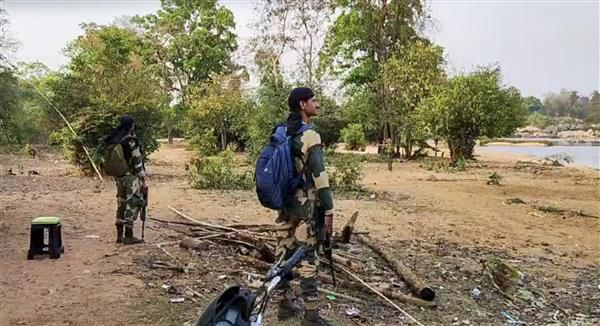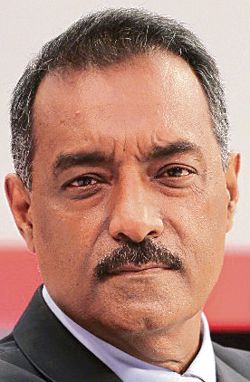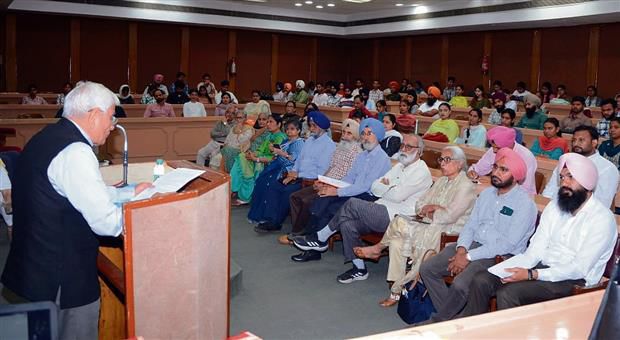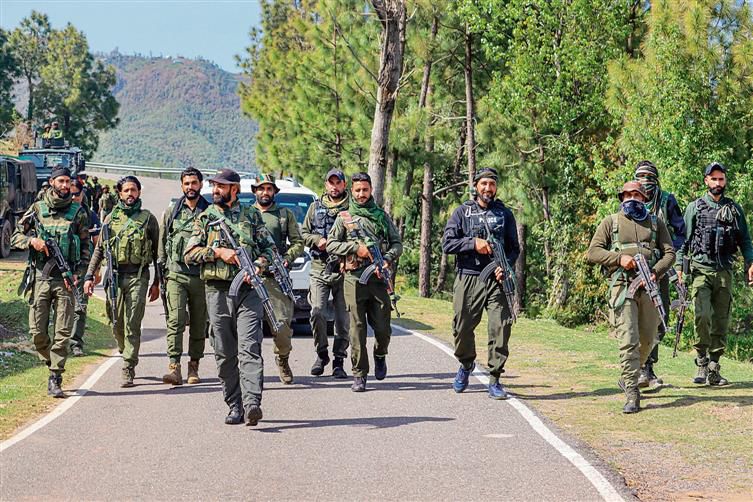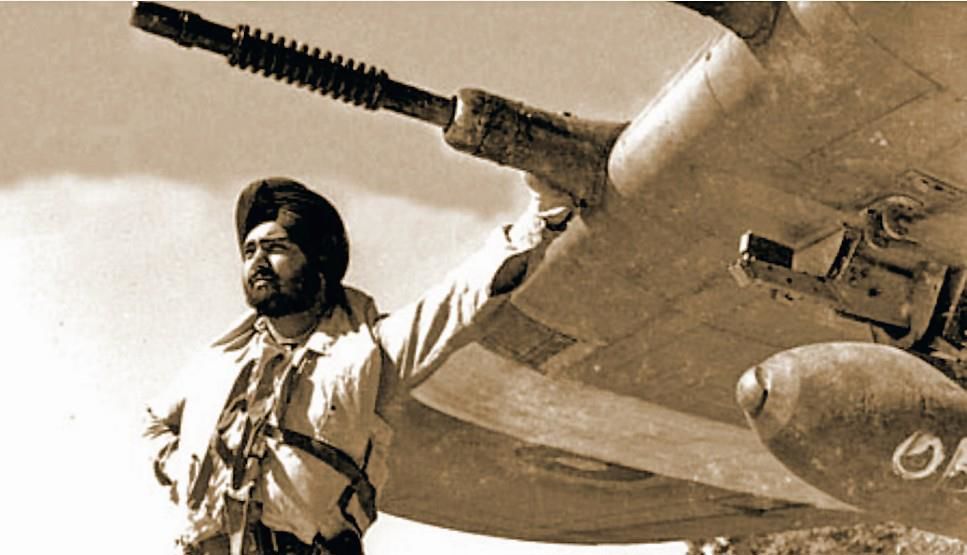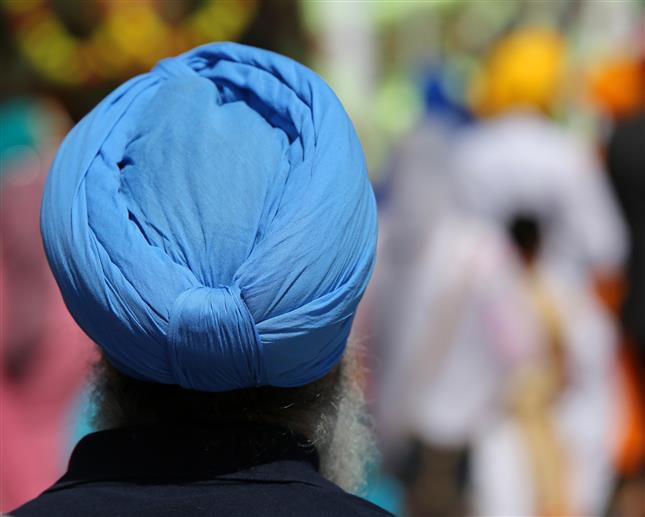Its defence firms supplied key components to Tehran
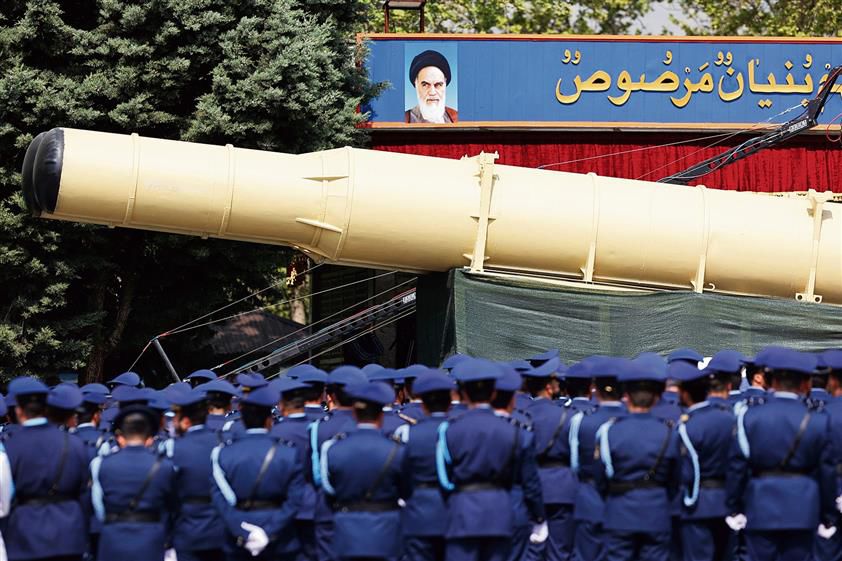
Ajay Banerjee
New Delhi, April 17
Major components used in missiles and drones fired by Iran at Israel on Saturday night were of Chinese origin. Iran’s attack was repelled collectively by Israel, the US and the UK as they shot down 99 per cent of the 300 missiles and drones.
The task was relatively eased out as the US and UK have been tracking China for decades and knew the capacities of the ammunition carrying “kamikaze” drones and the expected trajectories of the ballistic missiles used by Iran.
The US Department of Defence has been producing annual reports on China’s military prowess. The intelligence agencies track China and threats posed by it.
Red written all over
- China exported anti-ship missiles, cruise missiles, fighter jets, tanks and anti-tank guns to Iran
- Played key role is setting up Iran’s missile technology, transferred missile guidance systems
- Signed an agreement in 1996 to sell parts to Iran’s Defence Industries Organisation
- ‘Shahed’ drone powered by engine made by Beijing Micropilot UAV Flight Control Systems
- Iran’s largest missile factory near Esfahan built with China’s assistance
On Saturday, Israel multi-layered air defence system kicked in and was aided by interceptor missiles fired by US ground stations in West Asia, fighter jets and even warships stationed in the Mediterranean Sea, west of Israel.
Iran’s “Shahed” armed drone that is capable of destroying itself at a target is powered by an engine made by Beijing Micropilot UAV Flight Control Systems. The Chinese company provides the same to Mado Import and Export Company Ltd, Iran.
All missiles use sensors, seekers and optical instruments for navigating and hitting targets with precision. The missiles fired by Iran carried components that were produced by three Chinese companies — Wuhan IRCEN Technology Co Ltd, Raybeam Optronics Co Ltd and Sunway Tech Co Ltd. These three companies supply parts to Iranian companies — Rayan Pardazesh Pezhvak Company, Rayan Laser Test Company and Rayan Electronic Farda Company
China has officially exported to Iran anti-ship missiles, cruise missiles, fighter jets, tanks and anti-tank guns. Just after the Islamic Revolution in Iran in 1979, China played a pivotal role is setting up the former’s missile technology. Chinese transferred hundreds of missile guidance systems and computerised machine tools to Tehran and in August 1996, signed an agreement to sell Iran’s Defence Industries Organisation things like gyroscopes, accelerometers and equipment needed for components for missile guidance.
China then started training and technology in construction of missile production facilities. Iran’s largest missile factory, located near Esfahan, was originally built with China’s assistance.
Started in 1987-88, this facility served as an assembly site for Iran’s SCUD-B missile kits. In addition to production assistance at Esfahan, China has also helped build a ballistic missile plant and test range east of Tehran, and is suspected of producing solid-fuel rockets at an Iran’s defence facility.






















































